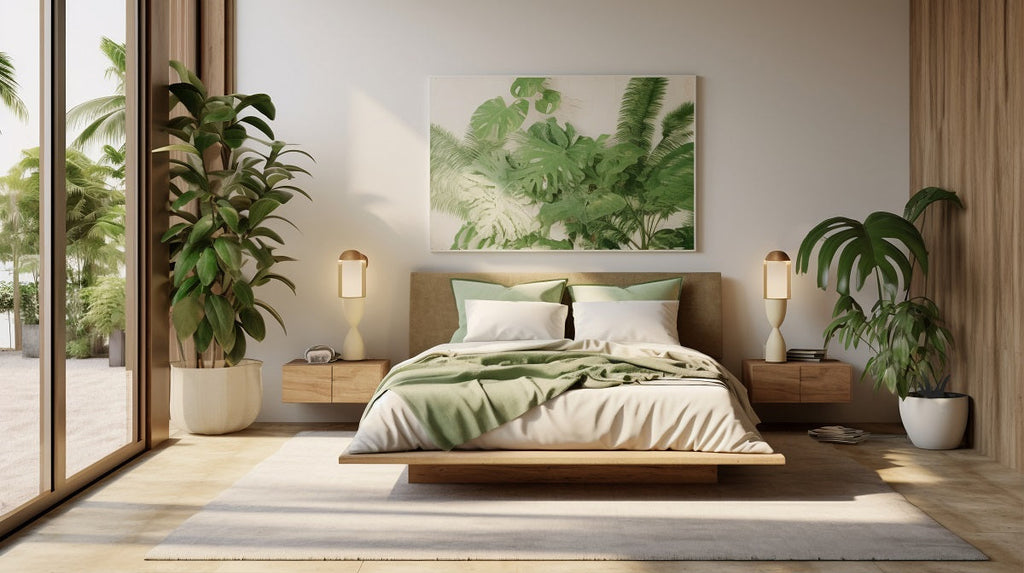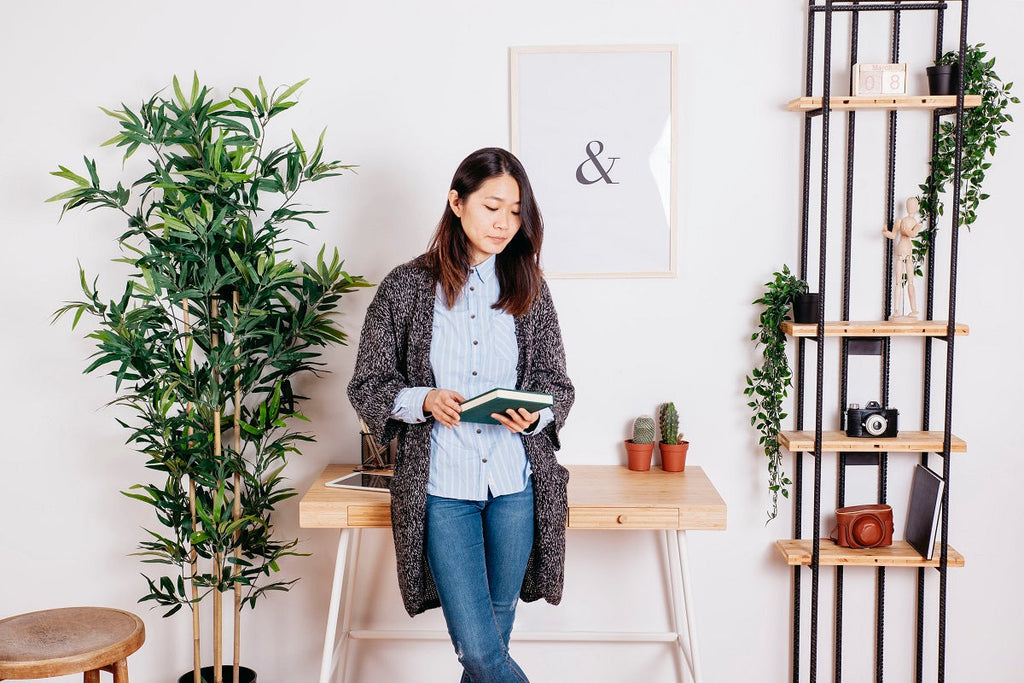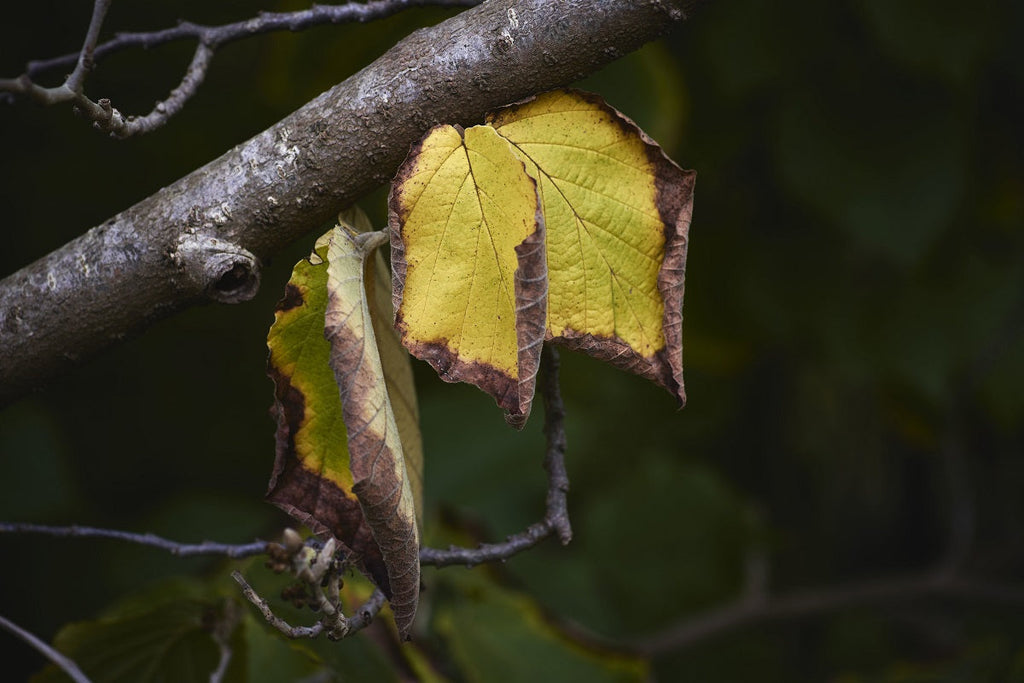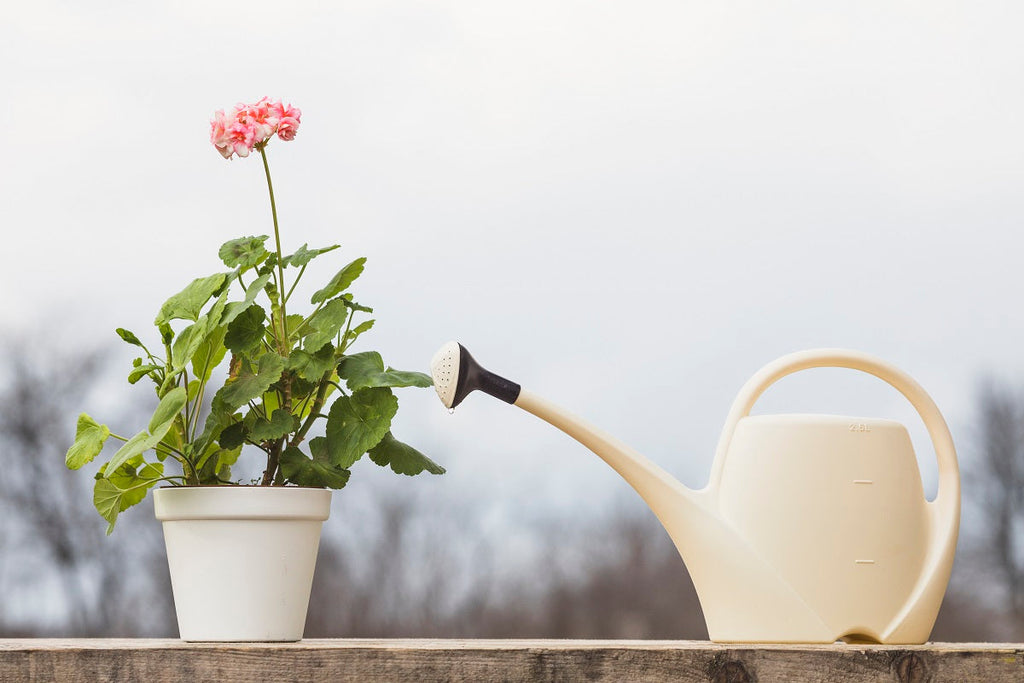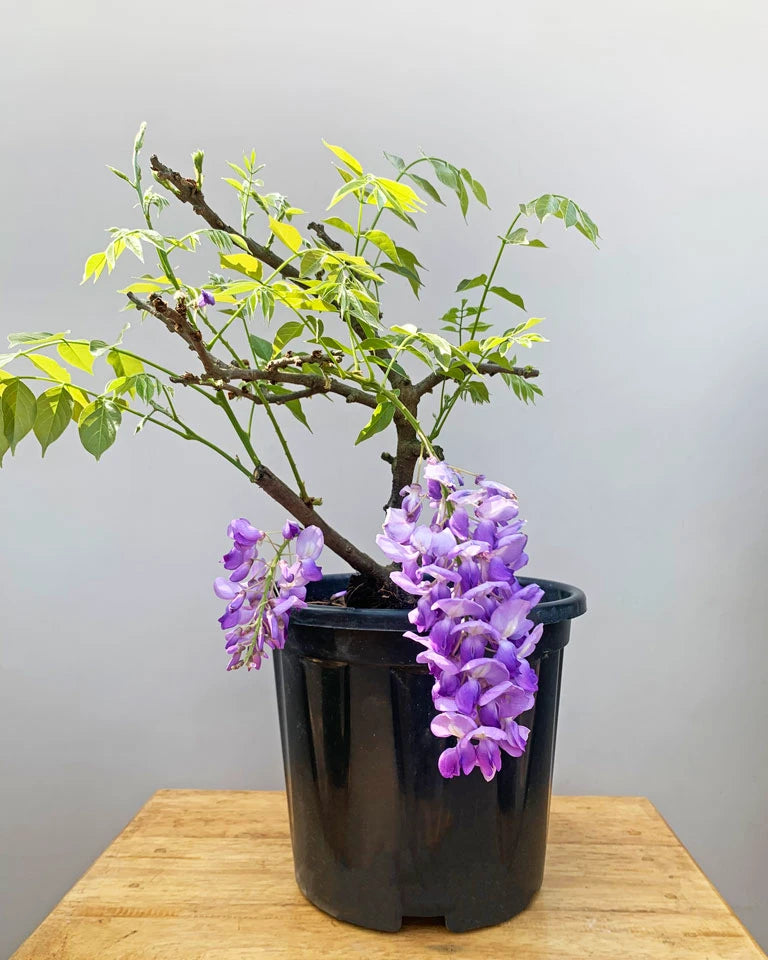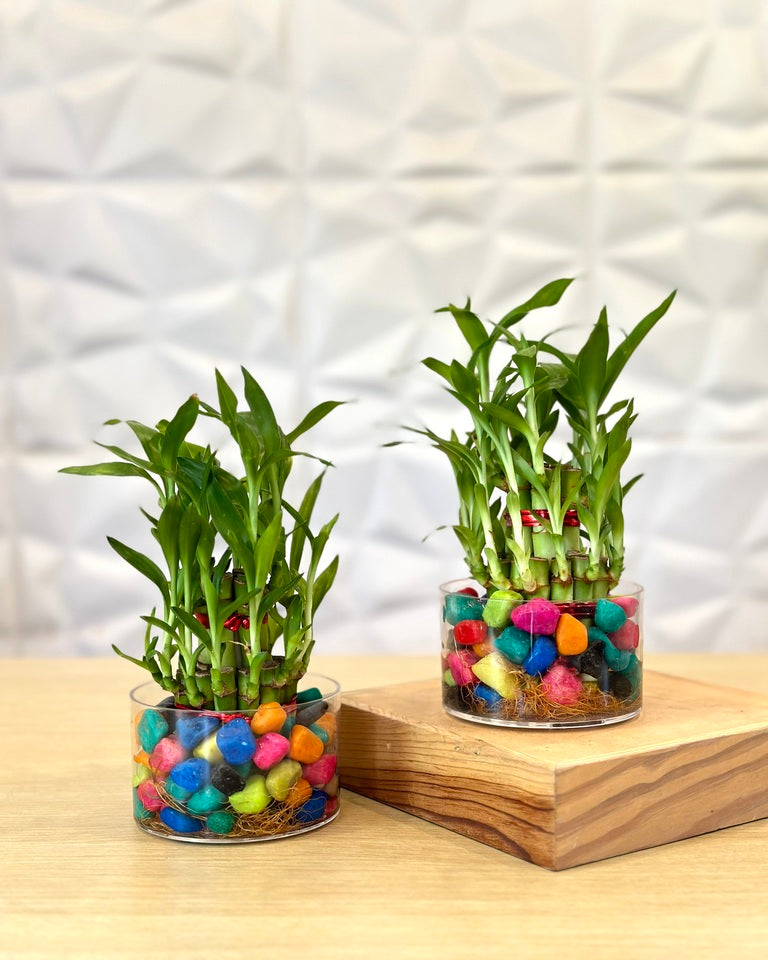
Top 5 Monstera Plants to Grow at Home with Easy Care Tips

If you're craving that bold, tropical look inside your home without the hassle of high-maintenance plants, Monstera plants are the perfect pick. Loved for their dramatic, glossy foliage and jungle-like aesthetic, Monsteras aren't just pretty—they’re surprisingly easy to care for, making them ideal for both beginner and seasoned plant parents.
In this blog, we’ll explore the top 5 Monstera varieties you can easily grow indoors and share detailed Monstera care tips to help each one thrive in your space.
1. Monstera Deliciosa – The Classic Showstopper
What Makes It Special:
Known as the “Swiss Cheese Plant,” Monstera Deliciosa is a houseplant icon. With its large, glossy leaves and natural splits (a process called fenestration), it brings an instant jungle vibe to any space. This variety can grow impressively large indoors, especially when supported with a moss pole or stake.
Its appeal lies in its dramatic size and relatively low maintenance routine. Deliciosa is adaptable and forgiving—traits that make it an excellent choice for beginners. It not only adds height and dimension to your room but also purifies the air.
When it comes to monstera care, this variety is a forgiving beauty. It thrives best in bright, indirect light but can also handle lower light levels. Avoid direct sunlight as it can scorch the leaves.
Easy Care Tips:
-
Watering: Water when the top 2–3 inches of soil feels dry.
-
Soil: Well-draining mix with cocopeat, perlite, and garden soil.
-
Humidity: Prefers moderate to high humidity, but does well in average indoor conditions.
-
Pro Tip: Wipe leaves occasionally to prevent dust buildup and help it photosynthesise better.
2. Monstera Adansonii – The Swiss Cheese Vine
Why It’s Loved:
With its distinct oval-shaped holes and vining growth, Monstera Adansonii is the trendiest Monstera on Instagram. It’s more compact than Deliciosa and perfect for hanging baskets, bookshelves, or even climbing up a moss pole. Its unique leaf structure gives any indoor corner a quirky, artistic feel.
One of the biggest advantages of Adansonii is its versatility. Whether you want it to trail or climb, it adapts to your space effortlessly. It’s slightly more delicate than Deliciosa, but its care is still beginner-friendly. Regular pruning can make it even bushier.
For this variety, monstera care includes a bit more attention to watering frequency. The soil should stay slightly moist but never soggy.
Easy Care Tips:
-
Light: Medium to bright indirect light is ideal.
-
Watering: Let the top inch of soil dry before watering.
-
Feeding: Fertilise monthly in spring and summer with a diluted houseplant fertiliser.
-
Extra Tip: Misting the foliage helps prevent leaf curling and browning.

3. Monstera Thai Constellation – The Variegated Star
What Makes It Special:
This one’s for the plant collectors. Monstera Thai Constellation features creamy-white marbled variegation on large fenestrated leaves, giving it a starry, galaxy-like appearance. It grows slower than the regular Monstera Deliciosa, but what it lacks in speed, it makes up for in pure beauty.
Its variegation means it has less chlorophyll, so it needs a bit more TLC to grow well indoors. Thai Constellation is ideal as a focal piece for well-lit living rooms or plant shelves with filtered sunlight.
Since this variety is a bit pickier, monstera care for Thai Constellation involves paying close attention to light and humidity. Low light can cause fading, variegation and poor growth.
Easy Care Tips:
-
Light: Needs bright, indirect light to maintain variegation.
-
Watering: Water when the top inch of soil is dry; avoid letting it sit in soggy soil.
-
Humidity: Minimum 60%; place near a humidifier for best results.
- Pro Tip: Rotate your plant weekly to ensure even growth and prevent leaning.

4. Monstera Dubia – The Shingling Wall Climber
What Makes It Unique:
If you love watching a plant transform, Monstera Dubia is a dream come true. Its juvenile form has small, heart-shaped leaves that “shingle” or lay flat against the surface it's climbing. As it matures, the leaves grow larger and may develop fenestrations.
Dubia is a quiet stunner—less common than the rest but equally charming. It loves to climb vertically, so mounting it on a wooden board or moss slab is key to unlocking its full potential. This variety adds a cool, architectural look to your plant wall or vertical garden.
In terms of monstera care, providing strong vertical support is essential for healthy and vibrant growth. Without support, Dubia may grow slowly or stay in its juvenile form.
Easy Care Tips:
-
Light: Bright, indirect light boosts growth and fenestration development.
-
Watering: Keep the soil consistently moist but not waterlogged.
-
Climbing Needs: Use moss or wood boards for optimal climbing.
-
Bonus Tip: Mist the moss board to help the plant anchor and grow faster.
5. Monstera Peru (Karstenianum) – The Texture Queen
Why It’s Different:
Monstera Peru, also known as Karstenianum, has no fenestrations but don’t let that fool you—it’s still a Monstera through and through. Its deeply veined, textured, dark green leaves bring a bold look with a compact size. It’s perfect for small spaces, tabletops, or as a part of a larger foliage arrangement.
This variety is more drought-tolerant than others and doesn't require as much humidity. It's also less fussy, making it a top choice for plant lovers who want the exotic Monstera aesthetic with minimal upkeep.
When it comes to monstera care, Peru is the easiest of the bunch. It forgives inconsistent watering and doesn’t complain much about fluctuating humidity levels.
Easy Care Tips:
-
Light: Low to medium indirect light works fine.
-
Watering: Water only when the soil feels dry; it’s drought-tolerant.
-
Soil: Well-aerated mix with coco chips and pumice.
-
Pro Tip: This one loves climbing too—give it a pole or trellis for extra support.
Final Thoughts
Monstera are more than just stylish green accents—they’re easy to grow, highly rewarding, and perfect for indoor jungles of any size. Each of these five varieties has its look, personality, and unique monstera care needs. Whether you're into dramatic split leaves or compact textured foliage, there’s a Monstera out there for you.
Choose one (or all!) of these beautiful plants, follow the tips we’ve shared, and watch your green sanctuary flourish.
FAQs
Q1. How often should I water my Monstera?
It depends on the variety and your environment, but a general rule is to water when the top 1–2 inches of soil are dry. Overwatering is a common issue, so make sure your pot has proper drainage.
Q2. Why are my Monstera leaves turning yellow?
Yellowing usually means overwatering or poor drainage. Check your soil moisture and ensure your pot isn’t holding excess water.
Q3. Can Monstera grow in low light?
Most Monstera prefer bright, indirect light. While they can tolerate low light, growth will slow down, and you may see fewer splits or variegation.
Q4. What is the best soil mix for good Monstera care?
A well-draining soil mix, incorporating cocopeat, perlite, and orchid bark, is ideal. It helps retain moisture without waterlogging the roots.







